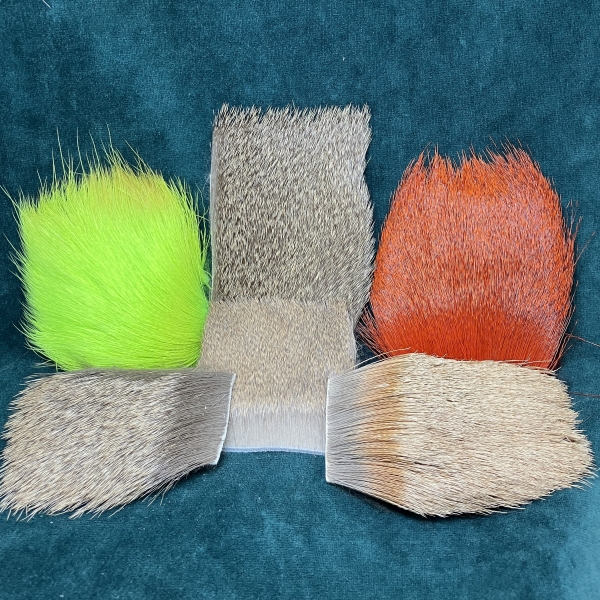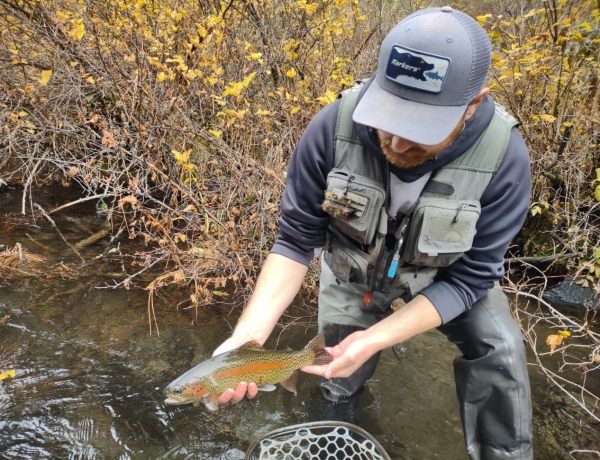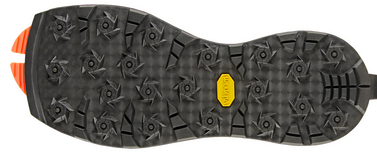The Deschutes in summer can be a very fickle river, with many days of high heat and direct sun forcing the fish into cooler and more shaded holding water. Despite how it may seem, there can be dry fly opportunities if you know where to look. Mornings and evenings are your best bet, but sometimes when the conditions line up, caddis dries can work all day long on the most exciting days, and provide you with a stalk and cast type experience for big rising fish.
Once the summer really sets in, and the consistent high pressure warm weather fronts set up shop in central Oregon, caddis are a daily occurrence all through the Deschutes. Every warm evening you can expect size 16-20 caddis to be available along the river, even right here in Bend. The lower Deschutes definitely has the most bugs on average, but there are enough throughout the whole river that dry fly opportunities present themselves nearly every night. You may not see many fish during the day, but once the sun goes behind the canyon wall, you could be surprised at how many fish start rising in the backeddy you would've sworn was fishless an hour ago.
Fishing this hatch can be incredibly exciting, as swinging emergers and dead drifting dries can both be effective. The evening is when the bulk of the activity happens, and you can have emergers, egg laying adults, and spent caddis all in the same run. Most of the habitat the caddis like will include bulrush or tules, the tall cattail-like plants that line riparian areas of the Deschutes. Looking for long stretches of these plants, especially near gentle eddies or tailouts, will produce rising or emerger eating fish nearly everywhere you find that specific habitat. You will also see swarms of them around brush along the trail, and the bigger the swarm the more caddis you will probably see in the evening.


